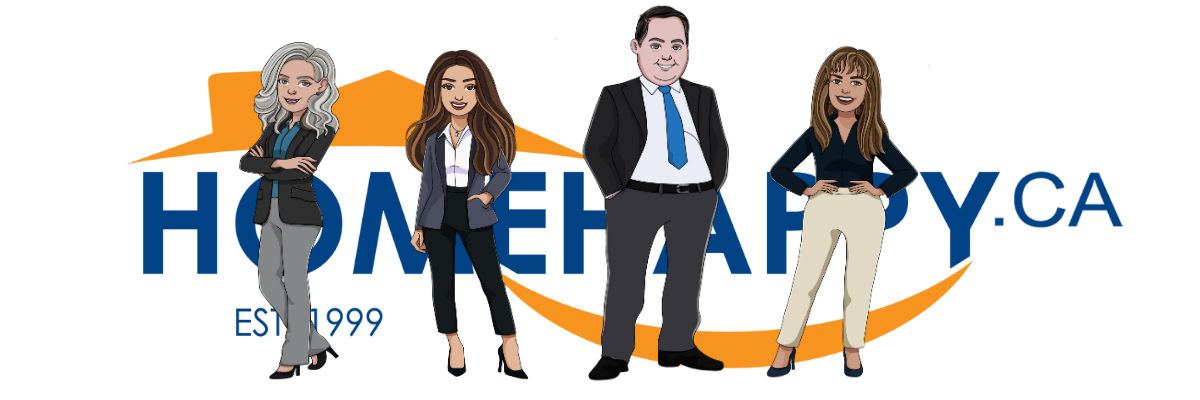Bank of Canada Rate Announcement July 10th, 2019
The Bank of Canada today maintained its target for the overnight rate at 1 ¾ percent. The Bank Rate is correspondingly 2 percent and the deposit rate is 1 ½ percent.
Evidence has been accumulating that ongoing trade tensions are having a material effect on the global economic outlook. The Bank had already incorporated such negative effects in previous Monetary Policy Reports (MPR) and in this forecast has made further adjustments in light of weaker sentiment and activity in major economies. Trade conflicts between the United States and China, in particular, are curbing manufacturing activity and business investment and pushing down commodity prices.
Policy is responding to the slowdown: central banks in the US and Europe have signalled their readiness to provide more accommodative monetary policy and further policy stimulus has been implemented in China. In this context, global financial conditions have eased substantially. The Bank now expects global GDP to grow by 3 percent in 2019 and to strengthen to around 3 ¼ percent in 2020 and 2021, with the US slowing to a pace near its potential. Escalation of trade conflicts remains the biggest downside risk to the global and Canadian outlooks.
Following temporary weakness in late 2018 and early 2019, Canada’s economy is returning to growth around potential, as expected. Growth in the second quarter appears to be stronger than predicted due to some temporary factors, including the reversal of weather-related slowdowns in the first quarter and a surge in oil production. Consumption is being supported by a healthy labour market. At the national level, the housing market is stabilizing, although there are still significant adjustments underway in some regions. A material decline in longer-term mortgage rates is supporting housing activity. Exports rebounded in the second quarter and will grow moderately as foreign demand continues to expand. However, ongoing trade conflicts and competitiveness challenges are dampening the outlook for trade and investment. The Bank projects real GDP growth to average 1.3 percent in 2019 and about 2 percent in 2020 and 2021.
Inflation remains around the 2 percent target, with some recent upward pressure from higher food and automobile prices. Core measures of inflation are also close to 2 percent. CPI inflation will likely dip this year because of the dynamics of gasoline prices and some other temporary factors. As slack in the economy is absorbed and these temporary effects wane, inflation is expected to return sustainably to 2 percent by mid-2020.
Recent data show the Canadian economy is returning to potential growth. However, the outlook is clouded by persistent trade tensions. Taken together, the degree of accommodation being provided by the current policy interest rate remains appropriate. As Governing Council continues to monitor incoming data, it will pay particular attention to developments in the energy sector and the impact of trade conflicts on the prospects for Canadian growth and inflation.
INFORMATION NOTE
The next scheduled date for announcing the overnight rate target is September 4, 2019. The next full update of the Bank’s outlook for the economy and inflation, including risks to the projection, will be published in the MPR on October 30, 2019.
The remaining announcement dates in 2019 are as follows:
- September 4th 2019
- October 30th 2019*
- December 4th 2019
* Monetary Policy Report published
Here is a link to the Monetary Policy Report for July 2019.
Share:
Recent Posts









